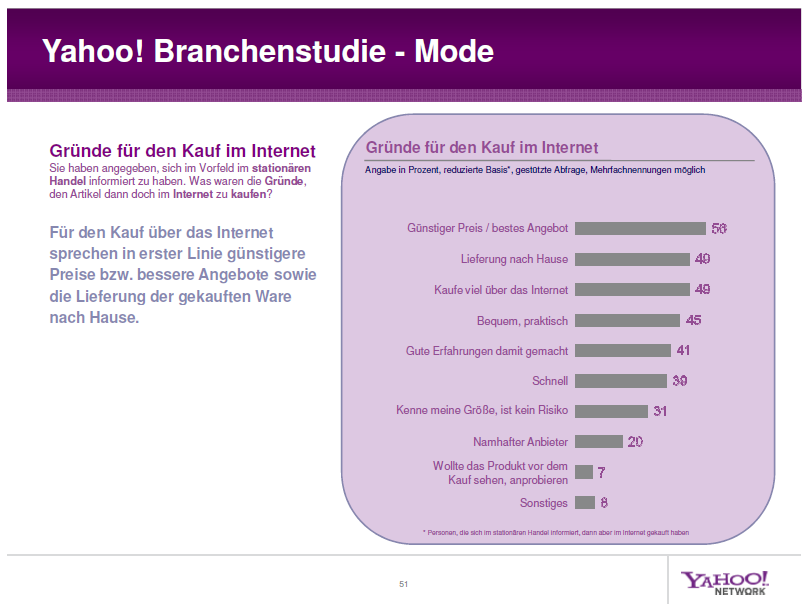Time is the most important asset of the modern job world 2.0. Why? This should be quite clear – we all get booked up (Outlook and Intsant Messaging), burned out by mobility (increasing mobility – thanks to mobile internet we cannot live offline anymore) and above all “networked up” (social media explosion).
People who are seeking to have a good online reputation 2.0 need at least to be present in different XING groups, do some Facebook ‘business-socializing’ and look after their international connections in the LinkedIn business network. Some days ago, Mashable raised the question if it is possible to be registered in too many social networks. Well, this depends on the time you have, or have not…
“It’s time to find some time!” Translation of the new Centerparcs claim on German TV
The active business person has become an identity hiker 2.0. This person finds itself always in a discrepancy between satisfying the company’s business processes, staying up to date as well as producing high-profile mini-statements and thesis which polish the value of the own personal web-ID up. Furthermore companies expect more and more from their employees when facing the financial crisis, cost reduction and personal lay-offs.
And then there are some personal human needs (family life) and preferences like satisfying personal hobbies. The extreme heteronomy is growing. But how shall we cope with all these duties without being in danger of health damages? This becomes incomprehensible for most of the modern business people 2.0.
The surplus work load of web 2.0 and social media does its very best in this context and needs to be filtered as well as canalized. When the world of social media itself thinks about the idea, how to save some time as a business person 2.0, then a solution needs to be found.
But how can we as sucessful business people 2.0 embrace this phenomenon? On a long discussion night some managers I came up with an idea which found attractive interest in Germany and which was born from university memories. In those days we saw busy little bees of ‘professor followers’, so called student assistants, running around extremely motivated. These young energetic people who followed a hybrid life between administrator, aggregator and multiplicator (sounds like the first Twitterati generation…). So, the solution was obvious – a new job description needs to be found. The idea of the personal web manager as well as personal web assistant was born.
Profile of the Personal Web Manager (PWM) und Personal Web Assistant (PWA)
(For the rest of this post we will just use the short version: personal web consultant.)
The personal web consultant gets the title depending on his management qualification. The job will be given preferably to managers with extraordinary web-affinity or internet-enthusiastic or ‘web-addicted’ students. The personal web consultant is in his position a coach and/or assistant for successful ambitious business decision makers who take the course of mankind 2.0 who are reputation optimizer in the company management’s sense for the virtual-real world and who love to start a promising online career themselves.
Administrator of the virtual business
The personal web consultant organizes and segments web content for the business decision maker according to importance of markets and internal revenue expectations as well as projects and topics – except for email communication which can be done by the business decision maker who can concentrate on these duties as he finds more time thanks to the personal web consultant.
The personal web consultant is responsible for the registration on numerous internet platforms of relevance for the business decision maker (from communities to networks) and does the personal monitoring for his manager’s work. This person optimizes the profile of the boss. Furthermore, his work is concentrating on RSS feeds, bookmarks, micro-blogging and social and business networks which need to be brought in a standardized business format. All steps shall lead to one uniform personal web-ID.
Professional News-Aggregator
The personal web consultant collects necessary knowledge, posts, articles and trend ideas in the sense of his bosses entrepreneurial targets. Based on these facts he thinks about intelligent output strategies and elaborates recommendations for group input in networks, phrases these in the best possible version, hands those over to the manager who just needs to check them and do the final click to bring those online. In earlier days business decision makers got their map with documents to sign them, today you get an online folder with the content and/for the relevant links. Copy – paste – done!
Entrepreneurial Contact-Multiplier
The personal web consultant is responsible for the quality and the development of the chief’s business network. Registered as a contact-multiplier, the personal web consultant summarizes, supervises and optimizes the manager’s networks for old and new subject-orientated contacts. The consultant evaluates professional groups in business and social networks for new contacts and advises on necessary contact requests. Options for the moderation of groups in networks are also his duty as searching for virtual and real speaking options or guest comments or contributions.
But how can the personal web consultant be integrated in companies?
Companies are always searching for the ultimate and most efficient motivation incentive or hiring bonus which they can give to middle and top management apart from car allowance, mobile phones or a golf-club membership, all paid by the company in order to find the right motivation shot. Why not accompanying a motivated manager with a personal web consultant? The additional person is productive, innovative, motivated and makes the company live the maxim of web 2.0 – also in times of scarcity of resources.
The freelancer will love the personal web consultant if the order- and revenue situation is positive. This job is terminable from scratch and/or the personal web consultant can work on a freelancer-, trainee- or internship basis.
Spot On!
Some people may say the work of the personal web manager could be done by a automated web services (like Netvibes, PersonalBrowsr, Noserub, etc.). But if we take a serious look at the pace of the personal outputs on Twitter there is not even a 10% chance of effective following of the Twitterati followers. Especially when you are also meant to set the right tone and appropriate good manners when doing your daily business networking. So, all in all… either successful business decision makers have to transform into a virtual-optimized multitasking engine or simply automate the personal communication process 2.0. Establishing the job description of the personal web manager/assistant in companies could be a more professional solution and, talking of the economy crisis, provide numerous new jobs – and the next ‘web 2.0 job’.
 Some days ago, I read a comment on another blog moaning “OMG – not another Twitter post!” Bearing this in mind, I now reply with a post to Jim Connolly’s clever decision. The marketing expert who deleted over 20.000 followers some days ago.
Some days ago, I read a comment on another blog moaning “OMG – not another Twitter post!” Bearing this in mind, I now reply with a post to Jim Connolly’s clever decision. The marketing expert who deleted over 20.000 followers some days ago.



